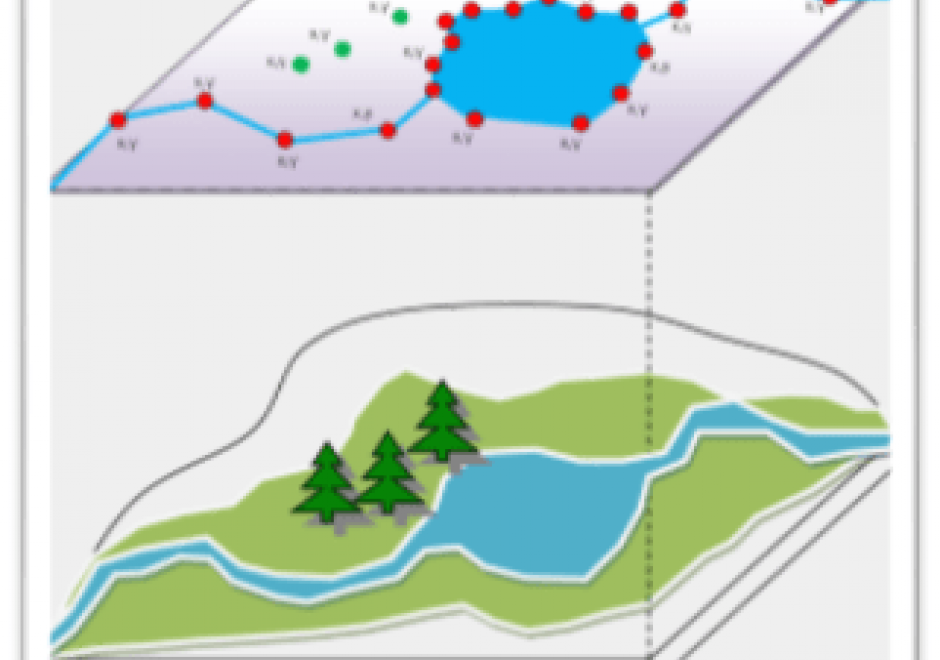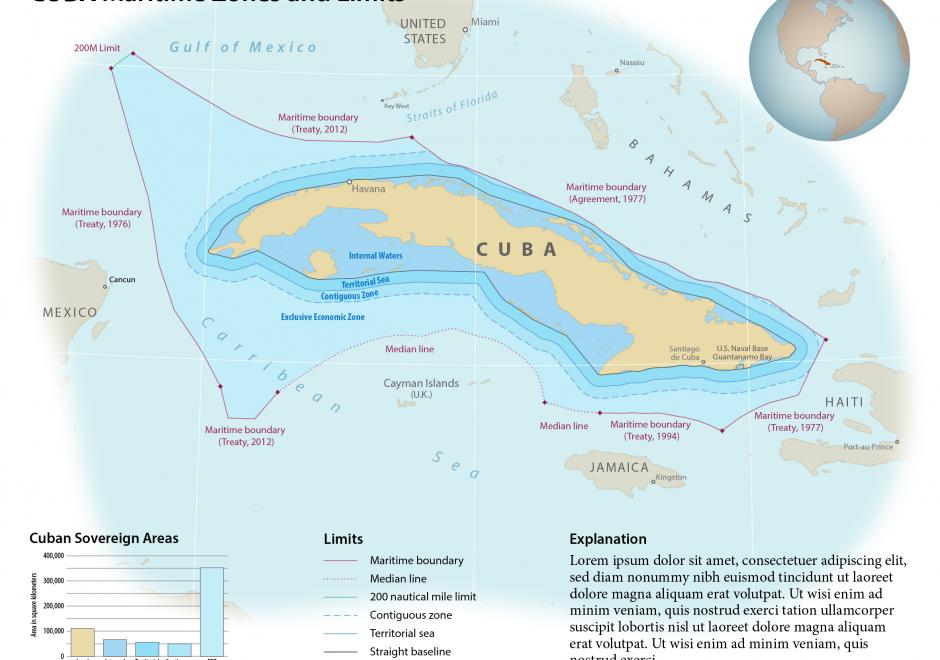KE-27 - Value of Professional Geospatial Organizations

There are a great many professional associations in the geospatial sector. They provide a great deal of value to the geospatial community and professionals working in that community. The value can be described in terms of professional development, technological and organizational advancement, advocacy, governance, and leadership. The following text explains the various ways in which professional associations provide value to the community.





DM-30 - Vagueness